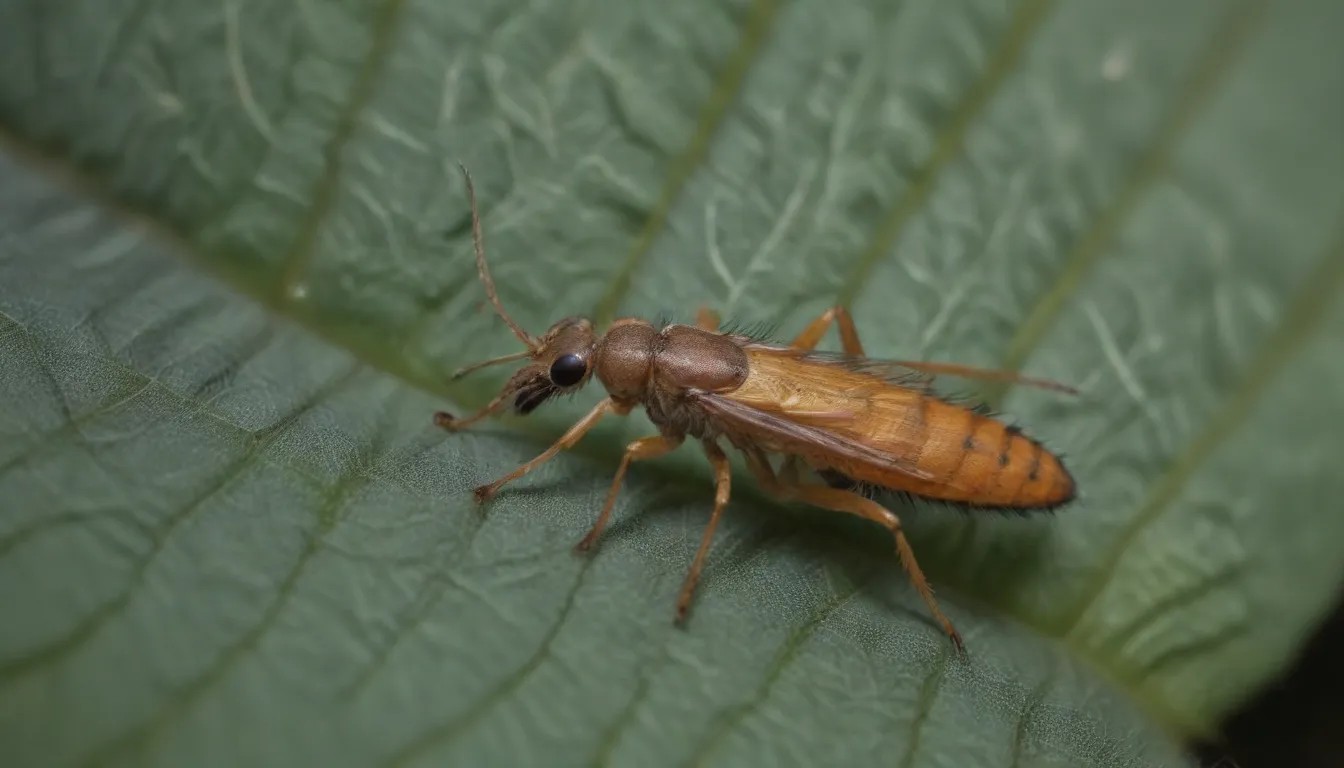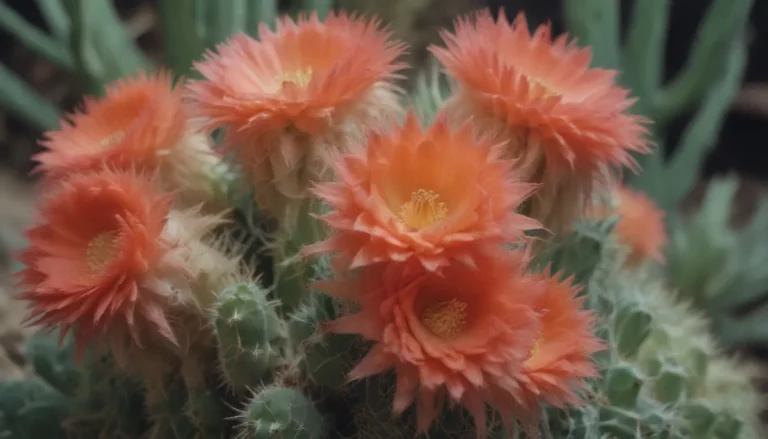Comprehensive Guide: How to Effectively Get Rid of Thrips in Your Garden

Thrips can be a nightmare for gardeners. These tiny, slender insects are difficult to spot and can cause damage that mimics other plant issues. With over 6,000 species in the Thysanoptera order, over 200 of them are known to be problematic for both indoor and outdoor plants. Their piercing, sucking feeding habits can wreak havoc on hundreds of plant species, making them a resilient pest to eliminate. But fear not, with the right approach, you can effectively manage and control thrips infestations in your garden.
Identifying Thrips
Spotting thrips can be challenging due to their small size. However, there are a few methods you can use to identify their presence:
– Place a white sheet of paper under the affected plant and shake it. Thrips will fall onto the paper, making them easier to see.
– Use a 10- to 15-power magnifying glass for a closer inspection.
– Utilize sticky traps to capture thrips for monitoring and identification. Blue traps are recommended for better thrips trapping results.
7 Effective Ways to Get Rid of Thrips
Early detection and integrated pest management (IPM) are key in combating thrips infestations without causing harm to beneficial insects. Here are some strategies to help you tackle thrips in your garden:
1. Prune Infested Plants: Trim and dispose of damaged leaves to prevent thrips from spreading to other plants.
2. Wash Plants: Use a strong blast of water to dislodge thrips from outdoor plants. For indoor plants, a soap and water solution can help control thrips.
3. Encourage Natural Predators: Predatory mites, minute pirate bugs, and lacewings are effective thrips predators. Consider introducing these beneficial insects into your garden.
4. Dust Bulbs: When storing bulbs, apply insecticidal dust to prevent thrips infestation, especially in gladiola bulbs.
5. Neem Oil Spray: Use a mixture of neem oil, dishwashing liquid, and water to disrupt thrips’ feeding and reproduction cycles.
6. Pyrethrin Spray: Treat serious thrips infestations with pure pyrethrin pesticide, derived from chrysanthemum flowers.
7. Chemical Pesticide: While not recommended for home use, synthetic chemical pesticides can be used cautiously as a last resort.
Preventing Thrips Infestations
While it’s challenging to prevent thrips entirely, you can take steps to minimize their populations in your garden:
– Clean up plant litter to prevent thrips from overwintering in plant debris.
– Remove and destroy dead plant stalks before winter.
– Keep your garden and surrounding areas free of weeds, which can serve as thrips’ host plants.
– Cover vulnerable plants with fine mesh screening to prevent thrips from drifting in on breezes.
Thrips vs. Aphids: Key Differences
Thrips and aphids can cause similar damage to plants, but there are differences in their appearance and behavior:
– Aphids have an oval shape, while thrips are long and narrow.
– Thrips often leave white or silver patches on leaves, along with dark spots of excrement.
– Aphids produce a sticky residue called honeydew, which attracts ants.
By correctly identifying thrips and aphids, you can choose the most effective control methods for each pest.
Types of Plants Affected by Thrips
Thrips can attack a wide range of indoor and outdoor plants, including edible and ornamental species. Some commonly affected plants include:
– Indoor plants: palm, dracaena, dieffenbachia, peace lily, and ZZ plant.
– Outdoor crops: asparagus, cabbage, lettuce, onions, and peas.
– Flowering plants: gladiolas, carnations, chrysanthemums, and roses.
– Woody plants: azalea, dogwood, gardenia, magnolia, and maple.
Life Cycle of Thrips
Understanding the life cycle of thrips can help in developing effective control strategies:
– Female thrips lay eggs in plant tissues, which hatch into nymphs within one to two weeks.
– Nymphs feed on plants, causing damage to leaves and flowers.
– After reaching full size, nymphs pupate and emerge as winged adults.
– Thrips can have multiple generations in a season, with the largest populations in late spring to midsummer.
Natural Repellants for Thrips
While no single plant can repel all thrips species, certain herbs like basil, chives, catnip, and garlic are known to deter thrips. Planting these herbs among vulnerable plants may help in an integrated pest management approach.
In conclusion, managing thrips in your garden requires a combination of early detection, prevention, and effective control methods. By following the strategies outlined in this guide, you can protect your plants from thrips infestations and maintain a healthy garden ecosystem.
Remember, thrips may be stubborn pests, but with persistence and the right techniques, you can successfully get rid of them and safeguard your plants for a beautiful and thriving garden environment.





